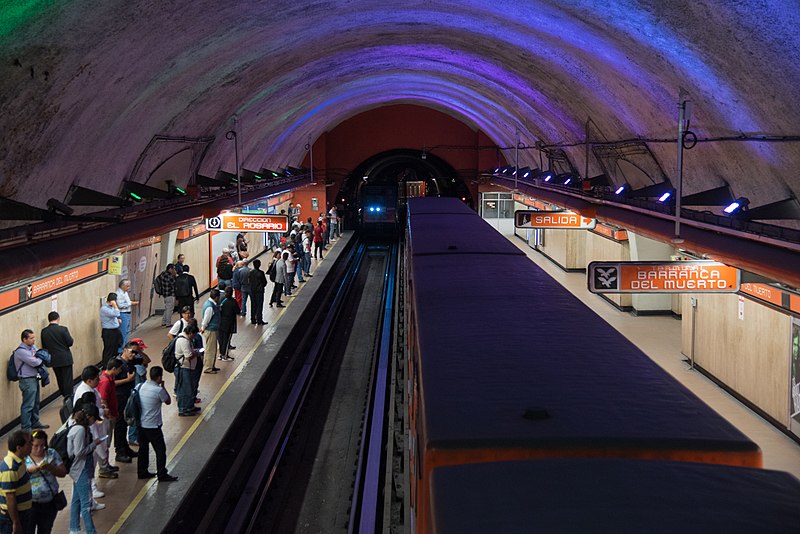
Metro Barranca del Muerto has one of the most fascinating histories. Visitors from other countries often pick up on this even with a less than perfect understanding of Spanish.
The station is named for its area. The area, during the Mexican Revolution, had a very deep ravine. This had been well recorded since ancient times. It’s width was said to have been about the same as that of the Avenida Revolución today. The depth exceeded 15 meters. The ravine is thought to have opened as a result of seismic activity caused by the Xitle volcano (ca. 2nd century CE).
The area of nearby Mixcoac was considered a strategic location during the fighting of the Revolution. Unfortunately, forces loyal to Carranza and the Zapatistas fought bitterly for control. The confrontations went on for so long that the many resulting bodies were thrown into the other wise dry ravine. The name, Barranca del Muerto, has referred to this general area since then. The station logo represents the carrion birds which were seen over the ravine during those grim years.
The present day station opened in 1985. It’s been a busy terminal station ever since, with many connecting buses heading further south. On the border of the Álvaro Obregón and Benito Juárez alcaldías, the station’s local service is for the Guadalupe Inn and Los Alpes neighborhoods.
The Metro Barranca del Muerto station is just outside the Portal San Ángel shopping center. Many international visitors may travel here en route to other points to the south including in San Ángel itself, and further south to San Jeronimo.
 unidad_de_orientacion@metro.cdmx.gob.mx
unidad_de_orientacion@metro.cdmx.gob.mx
 5627.4950/5627.4741
5627.4950/5627.4741
 https://www.metro.cdmx.gob.mx/
https://www.metro.cdmx.gob.mx/

Nearest at 0.13 kms.
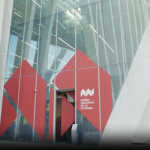
Nearest at 0.43 kms.

Nearest at 0.61 kms.
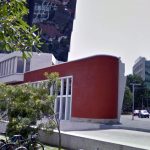
A remarkable vision of the mid-century in Mexico City . . .

A remarkable National Monument and School of Music . . .
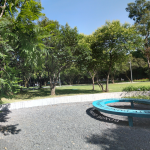
A wonderfully kept secret part of Chapultepec on the edge of Lomas . . .
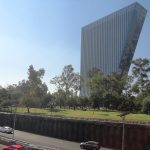
A dramatic, looming tower above western Chapultepec . . .
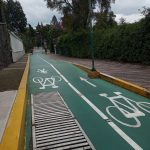
Main street in one of Mexico City's most iconic southern neighborhoods . . .